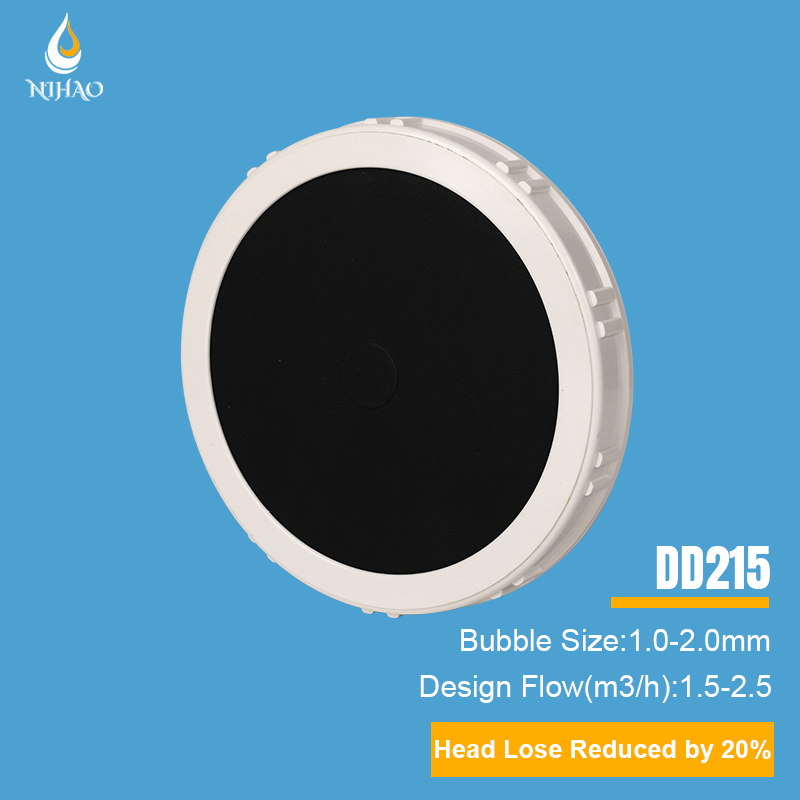 +86-15267462807
+86-15267462807
Tube diffusers and disc diffusers are two primary types of fine bubble diffusers used in wastewater treatment processes for aeration. Both systems have their own advantages and disadvantages, making the choice between them dependent on specific application requirements.

Shape: Long, cylindrical tubes with a porous membrane.
Aeration: Deliver fine bubbles through the porous membrane, providing efficient oxygen transfer.
Advantages:
High oxygen transfer efficiency.
Easy to clean and maintain.
Can be customized for specific applications.
Disadvantages:
More prone to clogging and fouling.
Higher initial cost.
Can be more susceptible to damage.

Shape: Flat, circular discs with a porous membrane.
Aeration: Release fine bubbles through the porous membrane, promoting efficient oxygen transfer.
Advantages:
Lower initial cost.
Less prone to clogging and fouling.
Longer lifespan.
Disadvantages:
Lower oxygen transfer efficiency compared to tube diffusers.
Can be more difficult to clean and maintain.
| Feature | Tube Diffusers | Disc Diffusers |
| Shape | Cylindrical | Circular |
| Oxygen Transfer Efficiency | Higher | Lower |
| Maintenance | Easier | More Difficult |
| Initial Cost | Higher | Lower |
| Lifespan | Shorter | Longer |
Oxygen Demand:
High oxygen demand: Tube diffusers
Moderate oxygen demand: Disc diffusers
Wastewater Characteristics:
High solids content: Disc diffusers
Low solids content: Either type can be suitable
Tank Depth:
Shallow tanks: Tube diffusers
Deep tanks: Disc diffusers (due to their ability to maintain efficient oxygen transfer at greater depths)
Maintenance Requirements:
Frequent maintenance: Disc diffusers (easier to clean and maintain)
Less frequent maintenance: Tube diffusers
Initial Cost:
Lower initial cost: Tube diffusers
Higher initial cost: Disc diffusers
Long-Term Cost:
Lower long-term cost: Disc diffusers (due to longer lifespan and lower maintenance)